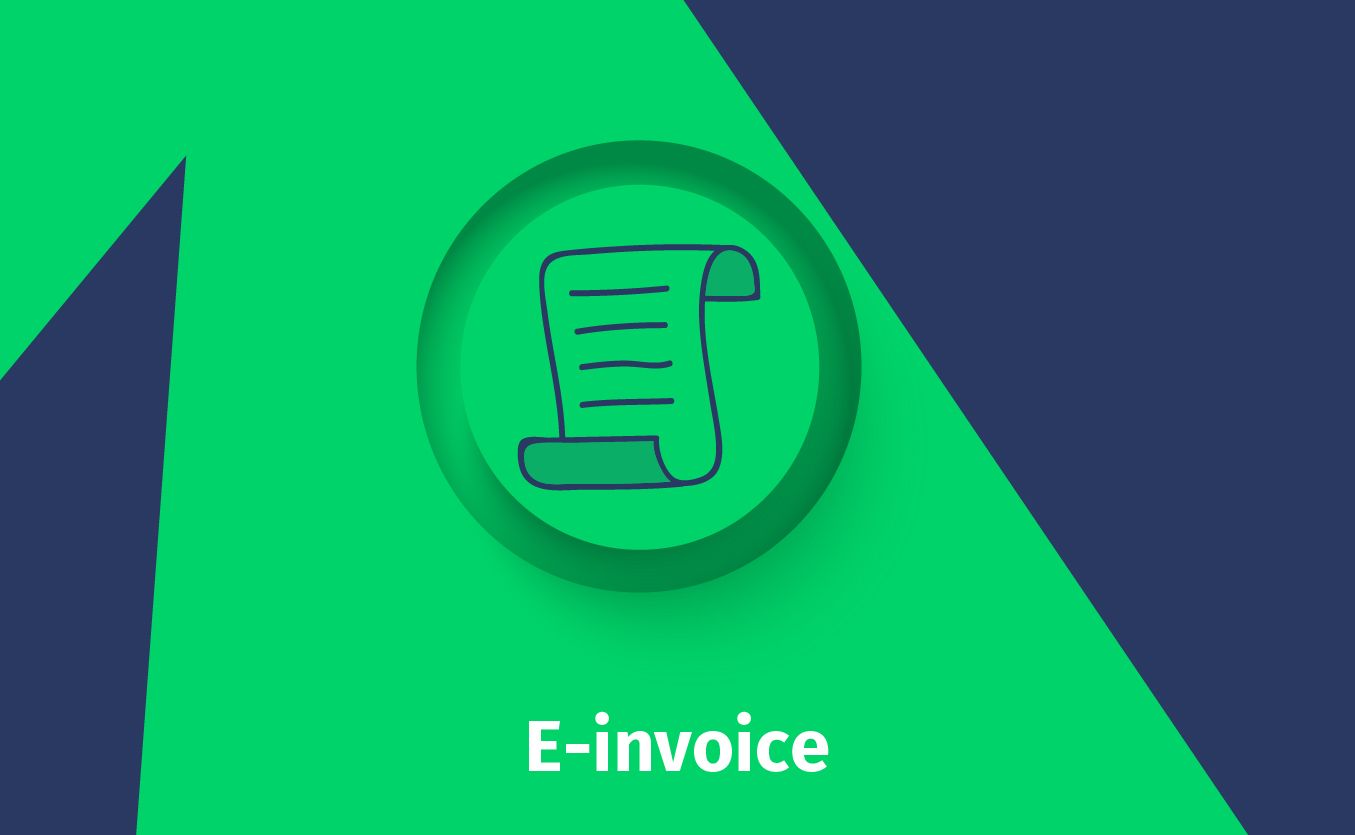
E-Invoicing Under GST - Comprehensive Guide
E-Invoicing is a system in which GSTN authenticates B2B invoices and other documents electronically.
As part of the GST Council's decision to introduce an e-Invoicing system, GST Council decided to cover specific categories of persons, mostly large enterprises, later expanding it to include midsize and small businesses.
A GST portal does not generate invoices. E-invoicing refers to submitting standard invoices generated on a general e-invoice portal. By automating multi-purpose reporting, invoice details are only entered once.
GST Network (GSTN) manages the Invoice Registration Portal (IRP) where invoices will receive identification numbers. Einvoice1.gst.gov.in is the first IRP launched by the National Informatics Centre.
This portal transfers all invoice information to the GST and E-way Bill portals in real-time. The GST portal receives the information directly from the IRP, so there is no need for manual data entry when filing GSTR-1 returns and generating part-A of e-way bills.
Who must generate E-Invoice and its Applicability?
Turnover criteria or the e-invoice limit can explain e-invoice applicability.
From fiscal years 2017-18 to 2021-22, taxpayers who exceed the prescribed E-invoice limit or turnover limit will be required to comply with e-invoicing. A GSTIN under a single PAN will be included in the aggregate turnover.
The use of E-Invoicing will take effect from the beginning of the next financial year. For example, if turnover was below the threshold limit in the previous fiscal year but surpassed it in the current year, then E-Invoicing will take effect from FY 2023-24.
Advantages of E-Invoicing to businesses
E-invoice initiated by GSTN offers businesses the following advantages:
- To reduce mismatch errors under GST, E-Invoice fills in a major gap in data reconciliation.
- As a result, invoices created on one software can be read by another, increasing interoperability and decreasing data entry errors.
- It is possible to track invoices prepared by suppliers in real-time with the help of E-invoices.
- Input tax credits can be obtained more quickly.
- Increased prospect of small businesses doing business with large companies through improved customer relations.
- Providing backward integration and automation of the GST return filing process, so that the relevant invoice details are automatically populated in the various returns, particularly for E-way Bill generation.
- Due to the fact that the information the tax authorities require is available at the transaction level, there is less likelihood that they will conduct audits or surveys.
- Invoice discounting and financing is fast and easy credit routes for small businesses.
How can e-invoicing curb tax evasion?
There are a number of ways in which electronic invoicing will contribute to curbing tax evasion:
- Since GST portals must generate E-invoices automatically, tax authorities will be able to view transactions in real time.
- Due to the fact that an invoice is generated before a transaction is completed, it will be more difficult to manipulate the invoice.
- Due to the requirement that all invoices be generated through the GST portal, fake GST invoices will be less likely to be issued, and only genuine input tax credits can be claimed. By matching input credit with output tax details, GSTN can track fake tax credit claims more easily.
What are the mandatory fields of an e-invoice?
E-invoices must primarily meet GST invoicing requirements. Apart from this, it should also be able to accommodate different invoicing systems or policies in India. Businesses are required to provide certain information, while the rest is optional. It is also possible for users to choose to fill in only relevant fields. Many fields are also made optional. There is also one more benefit on the website for users don't have enough information - all fields are described in detail along with sample inputs.
- Document Type Code,
- Supplier’s Legal Name and GSTIN
- Supplier’s Address, Place, State Code and Pincode
- Document Number and Date
- Preceding Invoice Reference and date,
- Recipient’s Legal Name and GSTIN,
- Recipient’s Address, Place, State Code and Pincode.
- Place of Supply State Code,
- Invoice Reference Number (IRN),
- Shipping To - GSTIN, Shipping To State, Pincode and State code,
- Dispatch From - Place, Address, Name and Pincode,
- Supply Type Code
- Description of Item and Price
- HSN Code
- Assessable Value
- GST Rate
- Values of IGST, CGST and SGST (Separately)
- Total Invoice Value